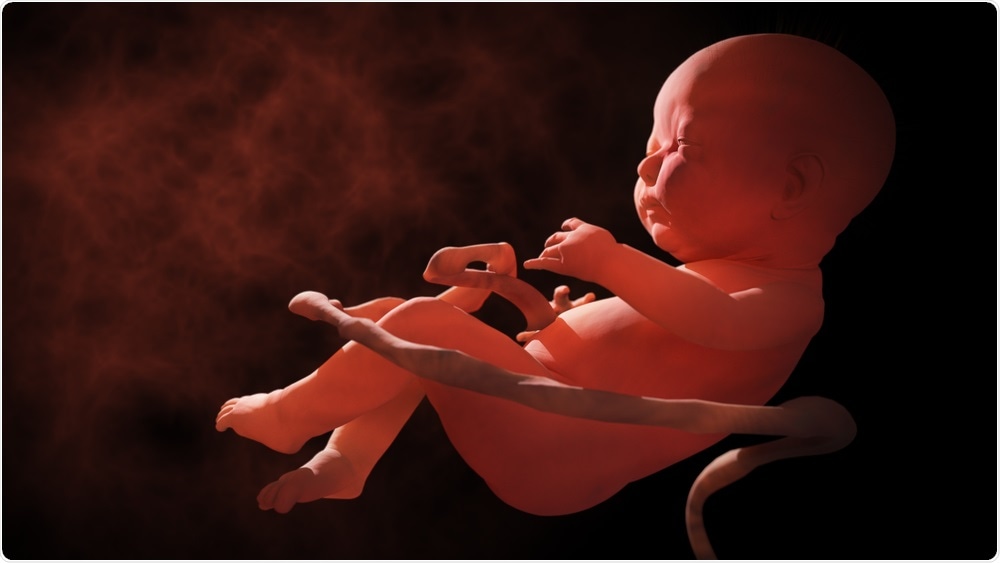The Horizon 2020 EU program has awarded a research grant of €2.9 million to the Eindhoven University of Technology for researchers to develop artificial womb prototypes. The artificial wombs would increase the survival chances of premature babies outside of the body, and the developers hope to have the first prototype within five years.
 GagliardiPhotography | Shutterstock
GagliardiPhotography | Shutterstock
An artificial womb would seek to replace the incubators and artificial respiration technology currently used to keep premature babies alive. Professor Guid Oei, a gynecologist at Maxima Medical Center and professor at Eindhoven University of Technology, said their goal is “to help extremely premature babies get through the critical period of 24 to 28 weeks,” as approximately half of babies born at 24 weeks do not survive.
With each day a fetus of 24 weeks continues to develop in an artificial womb, the chances of survival will increase. If we are able to prolong the fetal development of these children in the artificial womb to 28 weeks, we will have reduced the most serious risk of premature mortality to 15 percent.”
Professor Guid Oei, Gynecologist
Mimicking the human womb
Premature babies often suffer long-term complications because their lungs and intestines have not been able to properly absorb the oxygen and nutrients needed for healthy development. This can sometimes manifest in respiratory problems, retinal problems, and even brain damage in later life.
Oei and the rest of the research team will employ 3D printing technology to develop both the wombs and artificial babies to test in them. The artificial babies will be fitted with sensors that will allow the researchers to replicate the environment and experiences a fetus would have inside a natural womb, even down to the sound of the mother’s heartbeat through the fluid that usually surrounds the baby.
“When they are in this environment, they just feel and see and smell and hear the same sounds as when they are in the womb of the mother,” Oei explained.
“When we put the lungs back underwater, then they can develop, they can mature, but the baby will receive oxygen by the umbilical cord, just like in the natural womb.”
Project coordinator and professor of cardiovascular biomechanics at Eindhoven University of Technology explained the inner workings of the artificial wombs.
“We will use different technologies to create the artificial womb. Premature babies are placed in a fluid-based environment, just like the natural womb. In this environment, there is no artificial respiration via the lungs.
“Instead, oxygen and nutrients are provided via an umbilical cord using an artificial placenta. The system that makes this possible constantly monitors the baby’s condition. Think of heart rate and oxygen supply, but also of brain and muscle activity.
“Smart computer models that simulate the baby’s condition provide the doctor with immediate support in the decision-making process with regard to the artificial womb’s settings.”
 labden | Shutterstock
labden | Shutterstock
The research has been met with ethical challenges
However, it is not only the development of the intricate technology that is a challenge for researchers; there are a host of legal and ethical issues they also have to consider.
Elizabeth Chloe Romanis, a lawyer at the University of Manchester, highlighted such issues surrounding the ground-breaking technology in an interview with The Guardian.
She queried how the researchers would choose which babies to test the artificial wombs on, and whether there are any long-term, negative effects to gestation in an artificial womb.
The law treats fetuses and babies very differently, so how does the subject of the artificial womb fit in? Is it possible to turn off the artificial womb, and in what circumstances? It is clear that the legal and ethical issues emerging from the technology must be talked about now, in advance of the artificial womb becoming a reality.”
Elizabeth Chloe Romanis
Oei described the project as a “wonderful challenge”, saying that research will continue over the next five years and they would test the technology in a “European collaboration, and continue to develop them until we manage to realize a first prototype of an artificial womb.”